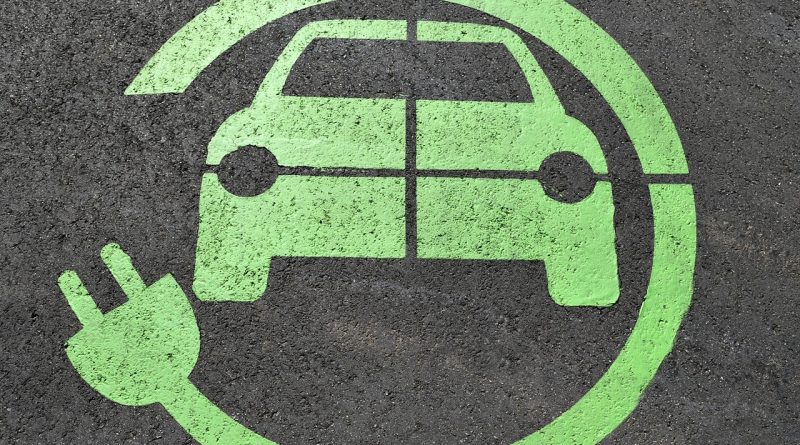Electric Bikes – Efficient, Low Cost, Inexpensive Transportation
Times are tough. Man are they tough! Those who have money are hanging onto it with two hands, building up savings and paying down debt. Those who don’t have money aren’t spending a dime on anything other than necessities. The sad truth is that to get the economy moving again, people need to spend some money which creates jobs which begins the whole cycle moving in a positive way. Meanwhile, the Media is beating us over the head with bad news feeding the atmosphere of fear. The government simply cannot get enough money to the right places quickly enough to make things happen. It’s going to up to the individual and private enterprise to bail out our economy.
One of the things individuals and companies can do to help the economy, as well as our environment is to examine alternate means of transportation. Most of us are simply not ready for the electric car. The models that are currently or coming available are generally too slow, too expensive, take too long to recharge or have insufficient range. These obstacles can and will be overcome eventually. However we need something now, something inexpensive, ecologically sound and sustainable. The very best of what is currently available is the electric bicycle.
The electric bicycle is definitely not a panacea for all of our problems nor will it fit everybody’s needs. It can however provide cheap, green, short range transportation for urban areas and small towns. For trips around the neighborhood, localized shopping or short distance commuting they are hard to beat. Yes, I understand that they aren’t that attractive during inclement weather but neither are noisy, polluting motorcycles, scooters and mopeds. Golf carts and other small electric low speed vehicles aren’t that all great during these periods as well and the electric bike is much smaller, much less expensive and street legal.
The range and efficiency of an electric bike can vary widely based on variable factors such as riding style, load factors, and terrain. Range and speed will also vary widely depending upon voltages, motor power and battery. A lithium ferric phosphate battery (LiFePO4) can last over 1200 charging cycles but they’re expensive. A lead acid battery will cost less but is difficult to recycle and only good for about 300 cycles.
Generally speaking the higher the wattage on the motor and voltage on the system, the farther and faster you can go but there is a point of diminishing returns. I have found that for most people a bike having a 350 watt motor and 36 volt battery is a good fit. Be aware that there is no real standard for measuring motor wattage. From my perspective I am speaking about constant operating wattage, not peak wattage. As a rule of thumb, a 26″ bike with a 350 watt/36 volt motor and LiFePO4 battery will go 20 miles at 20 miles per hour.
Electric bikes or kits to convert an ordinary bicycle into an electric bike can be purchased in big box stores (which usually sell low end models), bike shops (very high end models) and on the internet where prices and quality are all over the place. Pricing ranges from around $595 to well over $3000. Using an electric bicycle conversion kit you can convert a modestly priced ordinary bicycle into a very good high quality, powerful electric bike for only $600 to $850 dollars. Kits below $600 dollars are usually incomplete and often total junk with little or no warranty. There are some kits that sell for over $1000 but offer little in the way of additional power or other benefits to justify their price.
So here we have it. An electric vehicle with a range of 20 miles or so and speeds of up to 20 MPH that can be purchased for around $1000.00. Totally green, almost totally silent, no imported fuel, no emissions, no parking fees, no insurance needed, street legal and best of all readily available right now. And as a free bonus, perhaps a little exercise to boot.


